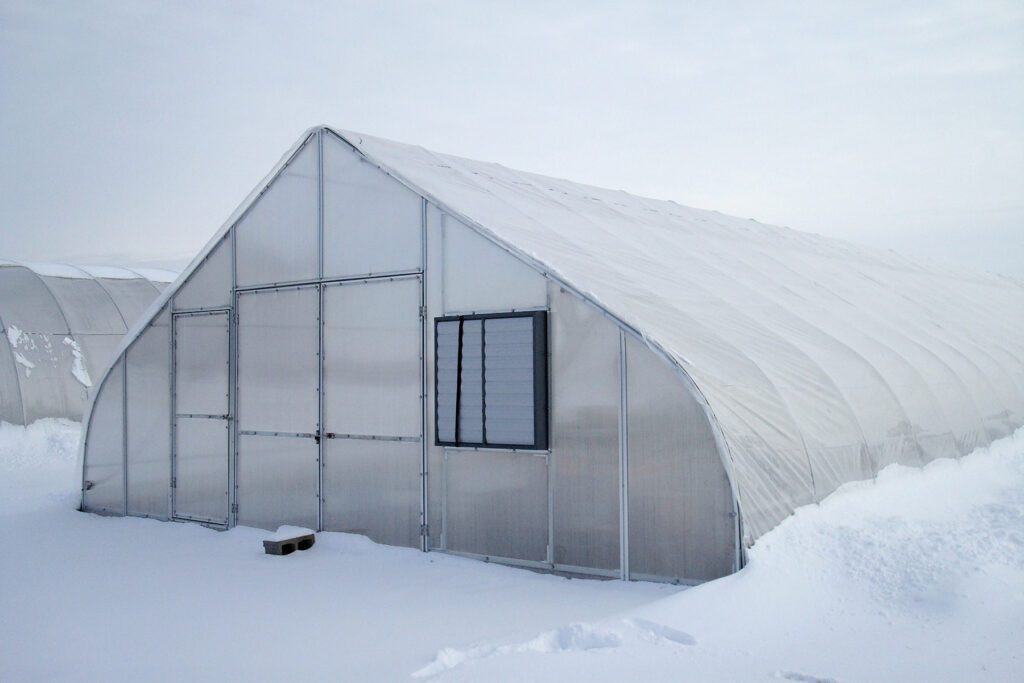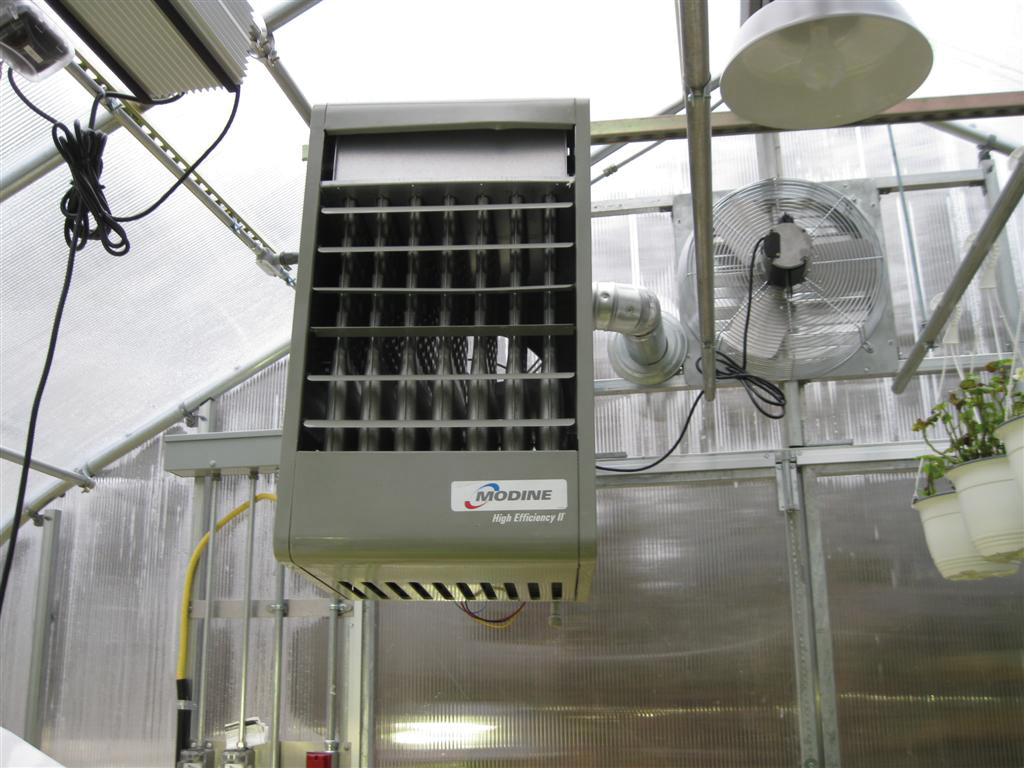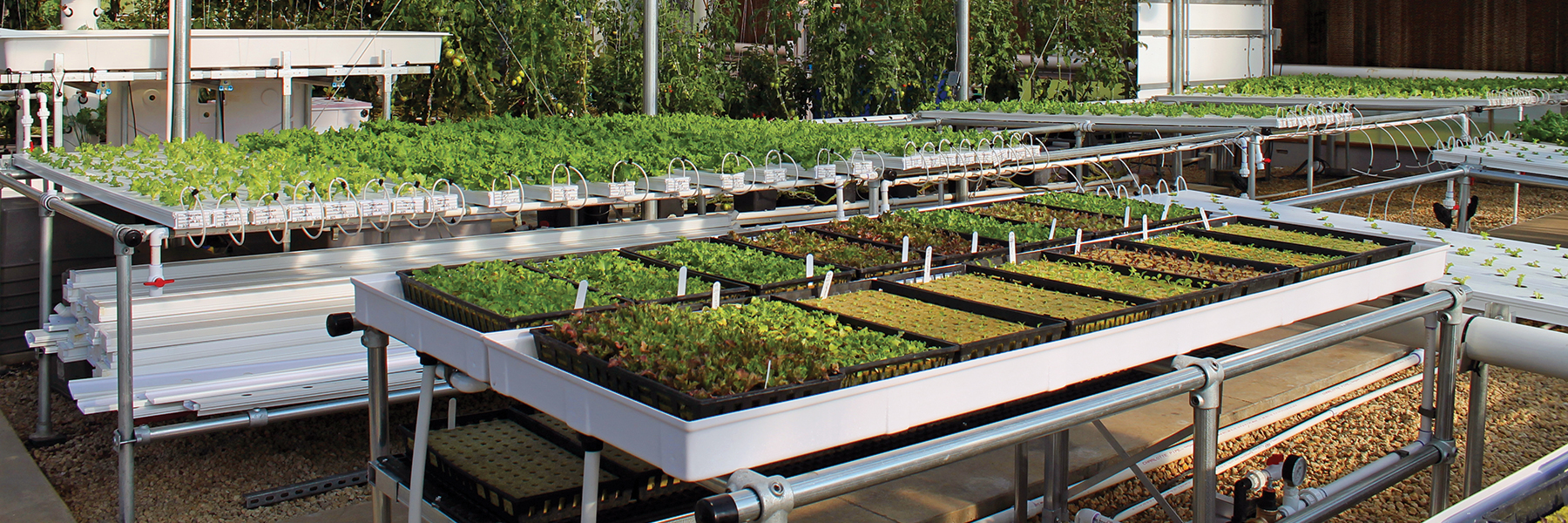Fall and Winter Crop Planning: What Can You Grow In A Greenhouse In Winter?
October 11, 2017
By the beginning of October, many areas around the country begin to face the threat of a deep freeze killing any plants left over from the season. While there are still a few warm, sunny days before this threat arrives, it is wise to take this time to start seeding the greenhouse for winter production. Adding a greenhouse crop plan to a growing operation can help relieve the stress of an early spring start up, but different crops have different needs inside of a greenhouse, so the first step is deciding what you are looking to produce during the winter.
Before growers have started plants for the winter, it is good for them to plan out crops according to harvest dates and make the most of the space and resources in the greenhouse. Commercial growers will often choose specific crops that require similar conditions, so they can create a uniform environment that needs minimal adjustments.
For example, one grower may choose to lower heat requirements by only growing lettuce mix and early maturing crops, like chives, bunching onions, radishes and leafy greens. This allows them to seed multiple times and always have a fresh harvest ready for winter markets. Because of their low light and heat requirements, many of these crops reach maturity quickly, resulting in a faster turnover.
Winter gardeners with enough storage space may focus on crops with a maturity date of 60 to 90 days, like early potatoes, carrots, beets, turnips, leeks and cabbage. These crops are heavy hitters at market, but still require lower levels of light and heat, helping to keep supplemental heating and lighting costs manageable.

To make vegetables grow during the winter in many areas, greenhouses require supplemental lighting and heating. Fresh tomatoes in January are really appealing, and a successful harvest could be a huge money maker for a farm during the winter.
Unfortunately for many growers, winter budgets are tight. For this reason, many growers opt to produce cooler vegetable crops and keep their greenhouses at a comfortable temperature above freezing. Cooler weather crops perform well with shorter days and cooler temperatures, and they include things like radishes, lettuce, kale, onions and a number of hardy herbs.
Over the winter, southern states do very well with cool weather crops and require little to no supplemental heating or lighting to grow a winter vegetable. These areas can usually get away with adding space heaters or fabric row covers on cold nights. Installing insulated double plastic or packing straw bales around the base of an unheated greenhouse are easy fixes to heat loss, as well.

Northern growers will almost certainly need some form of heating. Even if the greenhouse only needs to be above freezing, the coldest temperatures could mean a 40 degree deficit that a heating system will have to compensate for.
Regardless of location, growing systems should be adaptable and utilize greenhouse accessories, like climate controllers that manage the greenhouse environment and optimize production. The best thing about today’s technology is that there are so many options on the market for heating greenhouses or implementing lighting. Any scale greenhouse can build an affordable heating or lighting system in virtually no time, and an efficient heating system is an investment that will significantly benefit businesses during the slow season.
Properly planned greenhouses thrive in the cooler seasons, especially when the greenhouse climate is catering to the crops being grown. Adding an investment like an automated heating system will allow growers to gain returns within a season or two.
Business never has to slow down just because Mother Nature does, and growers can be sure to get ahead of their competition with off-season production.
Contact a GrowSpan Greenhouse Specialist or Request a Quote today and find out what you need to prepare for winter greenhouse production.

